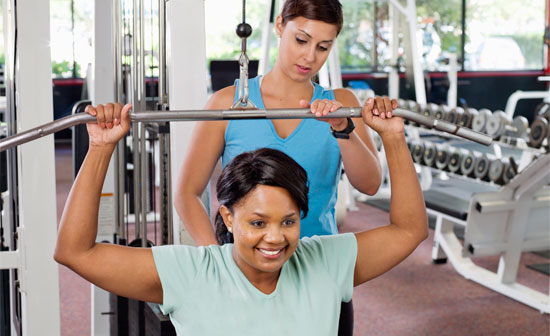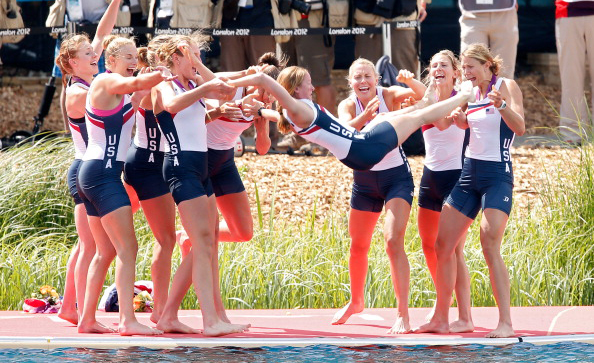This study fills a major gap in research, revealing that sports may well be an untapped resource in the nation’s struggle to prevent teen pregnancy. Many Americans believe that sports help to lower girls’ risk for pregnancy. Parents breathe easier because their daughters are busy and chaperoned while attending after-school sports programs. Coaches tell stories about girls for whom the self-esteem supplied by sports helped ward off peer pressures to have sex. Some corporate advertisers point to sport as a key solution to the problem of teen pregnancy.
Sport and Teen Pregnancy

Sports and Fitness in the Lives of Working Women

Until now, how and why working women integrate sports and fitness activities into their personal and professional lives has been the subject of speculation and not much research. This study is the first to explore the role of sports and exercise in the lives of women who work outside the home.
The Miller Lite Report on Sports and Fitness in the Lives of Working Women is based on a national random sample of 1,577 American women working in white-collar occupations and professions. These range from executives, professionals, administrators and managers to technicians, sales and clerical personnel. About two-thirds of American working women are employed in these fields.
Among the more significant findings of the research is that most working women participate in some kind of sports activity. And they believe that these activities have positive effects that help them on the job.
Women in Sports

Coed sports activities have become a new reality for athletic women in America today, a transformation accompanied by a serious search for athletic partners of similar skill levels, particularly among younger women, and a confident certainty that participation in sports does not diminish femininity. Among women sports enthusiasts today, a commitment to “feminism” has little relation to athletic attitudes and behavior, and the women who were both most active in organized sports/fitness activities in their teens and twenties or who are most active today tend to share a single specific childhood experience: they played mostly with boys or mixed gender groups rather than mostly with other girls.
Conducted in September and October, 1985, by New World Decisions, a New Jersey based opinion research firm that mailed lengthy questionnaires to a random sample of 7000 members of the Women’s Sports Foundation, the survey addressed a wide range of questions about sports/fitness activities: interest in participating or watching specific sports, early childhood experiences, the support of family and friends, current encounters with coed participation, and attitudes toward a variety of topical issues, including whether drugs are necessary to become competitive internationally, whether participation in racially mixed sports groups reduced prejudice, whether girls should play contact sports and how often women prefer to watch or participate in single sex or coed/sport fitness activities.
